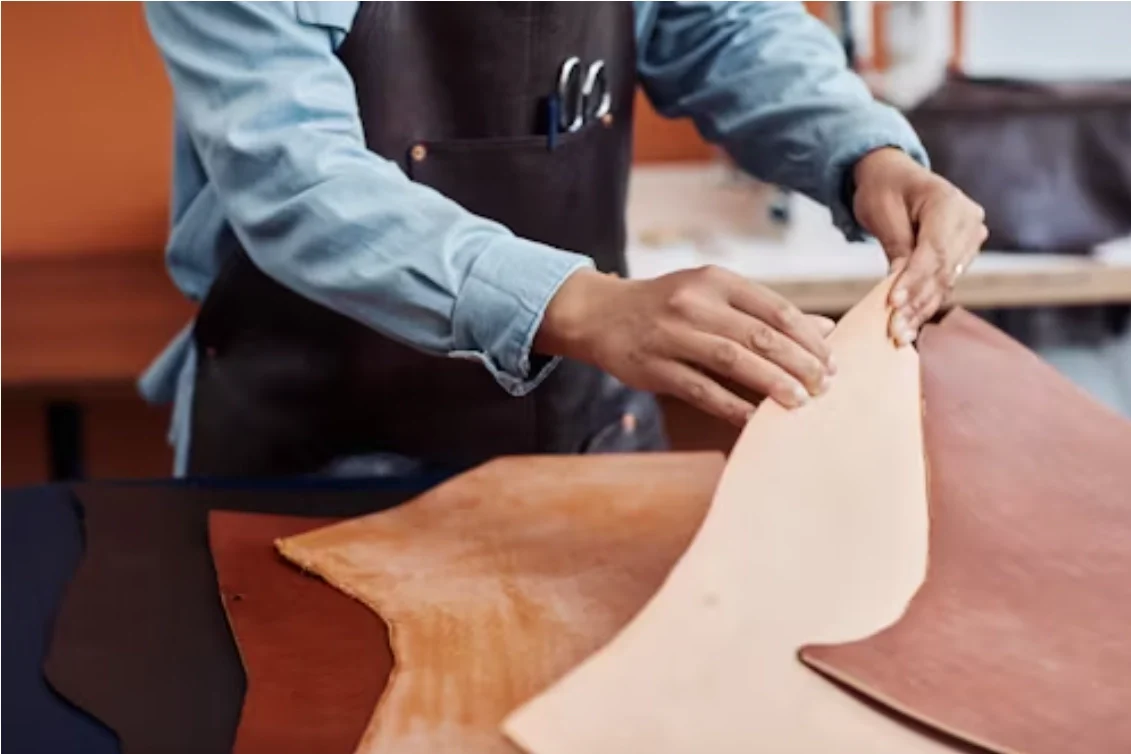Have you ever wondered how certain materials stick together so effectively, even in harsh conditions? The answer often lies in a specific type of adhesive known for its robust bonding properties.
We, as experts in adhesive solutions, are here to introduce you to chloroprene adhesives, also known as neoprene adhesives. These contact adhesives are widely used due to their excellent bonding capabilities and resistance to various environmental factors.
Chloroprene adhesives have become a preferred choice in various industries due to their fundamental characteristics, such as flexibility and durability. Their significance is evident in the numerous applications where a strong, lasting bond is required.
Understanding What Chloroprene Adhesives Are
Understanding chloroprene adhesives requires delving into their composition and applications. Chloroprene adhesives, also known as neoprene adhesives, are formulated from chloroprene rubber, which provides them with unique properties such as flexibility, durability, and resistance to heat, oil, and chemicals.
These adhesives are widely used across various industries due to their versatility. The uses of chloroprene adhesives include bonding materials like rubber, fabric, and metal, making them indispensable in manufacturing processes. Their ability to form strong bonds under various conditions sets them apart from other adhesive types.
One of the key differences between chloroprene adhesives and other adhesives is their resistance to environmental factors. Unlike some adhesives that may degrade when exposed to heat or chemicals, chloroprene adhesives maintain their integrity, ensuring long-lasting bonds.
We observe that the applications of chloroprene adhesives are diverse, ranging from footwear manufacturing to automotive and construction industries. Their adaptability and performance make them a preferred choice among manufacturers. Unclear about adhesive’s key properties? Read this article – you’ll grasp everything by the time you finish.
Chloroprene vs. Other Adhesive Types
When it comes to adhesive solutions, chloroprene adhesives stand out from the rest due to their exceptional durability and flexibility. We will explore how they compare to other adhesive types, focusing on their relative benefits and applications.
Chloroprene adhesives are known for their superior performance in various industries. One of the key advantages is their resistance to heat, oil, and chemicals, making them ideal for applications where exposure to such elements is common. For instance, in the automotive industry, chloroprene adhesives are used for bonding various components that are exposed to harsh conditions.
In comparison to other adhesive types, such as acrylic or epoxy adhesives, chloroprene adhesives offer a unique blend of flexibility and strength. While acrylic adhesives are known for their initial tack and clarity, they may not offer the same level of durability as chloroprene adhesives. Epoxy adhesives, on the other hand, provide high strength but can be brittle and less flexible than chloroprene adhesives.
The Reasons for the Hot Sales of Neoprene Adhesive
The benefits of chloroprene adhesives extend to their versatility in various applications, including footwear manufacturing, construction, and automotive industries. Their ability to bond different materials, such as rubber, leather, and metals, makes them a preferred choice for many manufacturers.
In conclusion, when comparing chloroprene adhesives to other adhesive types, their durability, flexibility, and resistance to environmental factors make them a superior choice for many applications. As we continue to explore the uses of chloroprene adhesives, it becomes clear why they are a popular choice across various industries.
Applications in Footwear Manufacturing
The use of chloroprene adhesives in footwear manufacturing has revolutionized the way different materials are bonded together. Chloroprene adhesives are known for their excellent bonding properties, making them ideal for various applications in the footwear industry.
Leather and Synthetic Leather Bonding
Chloroprene adhesives are widely used for bonding leather and synthetic leather materials. These adhesives provide a strong and durable bond, ensuring that the materials withstand the wear and tear associated with footwear. The bonding process involves applying the adhesive to the surfaces to be bonded, followed by pressing the materials together under controlled conditions.
Effective bonding techniques are crucial for achieving a strong and lasting bond. Techniques such as surface preparation, adhesive application, and pressure control play a significant role in determining the quality of the bond. By optimizing these techniques, manufacturers can ensure that their products meet the required standards.
Rubber, EVA, and TPR Sole Attachment
In addition to leather and synthetic leather bonding, chloroprene adhesives are also used for attaching rubber, EVA, and TPR soles to footwear uppers. The adhesive’s ability to bond different materials makes it an essential component in the production of footwear with diverse sole materials.
The process of sole attachment involves applying chloroprene adhesive to the sole and upper, followed by assembly and curing under pressure. This ensures a strong and durable bond between the sole and upper, contributing to the overall quality and durability of the footwear.
By leveraging the benefits of chloroprene adhesives, footwear manufacturers can produce high-quality products that meet consumer expectations. The versatility and effectiveness of these adhesives make them a preferred choice in the industry.
Final Thought
We have explored the characteristics and benefits of chloroprene adhesives, highlighting their significance in various industries, particularly in footwear manufacturing. The unique properties of chloroprene adhesives make them an ideal choice for applications requiring high bonding strength and flexibility.
The chloroprene adhesive of Heley Chemical is a notable example of a high-quality formulation that showcases the potential of chloroprene adhesives. By understanding the chloroprene adhesive characteristics, manufacturers can optimize their production processes and improve product performance.
As we continue to innovate and improve adhesive technologies, the role of chloroprene adhesives is likely to expand, driving growth and development in multiple sectors. By leveraging the strengths of chloroprene adhesives, industries can achieve enhanced efficiency, productivity, and sustainability.
FAQ
What are chloroprene adhesives?
Chloroprene adhesives, also known as neoprene adhesives, are a type of contact adhesive that is widely used due to its excellent bonding properties and resistance to various environmental factors.
What are the properties of chloroprene adhesives?
Chloroprene adhesives have excellent bonding properties, durability, flexibility, and resistance to heat, oil, and chemicals, making them a preferred choice in various industries.
What are the uses of chloroprene adhesives?
Chloroprene adhesives are used in various applications, including footwear manufacturing, bonding leather, synthetic leather, rubber, EVA, and TPR materials, and other industries where strong bonding is required.
How do chloroprene adhesives differ from other adhesives?
Chloroprene adhesives differ from other adhesives due to their unique composition, which provides excellent resistance to environmental factors, making them more versatile and effective in various applications.
What are the benefits of using chloroprene adhesives?
The benefits of using chloroprene adhesives include their durability, flexibility, and resistance to heat, oil, and chemicals, making them a preferred choice for many applications.
What shoe materials can neoprene adhesive work on?
Neoprene adhesive, or chloroprene adhesive, can work on various shoe materials, including leather, synthetic leather, rubber, EVA, and TPR, making it a versatile adhesive solution for footwear manufacturing.
What are the characteristics of chloroprene adhesive of Heley Chemical?
While specific characteristics may vary, chloroprene adhesives from reputable manufacturers like Heley Chemical are known for their high-quality bonding properties and resistance to environmental factors.
What are the bonding techniques used for chloroprene adhesives?
The bonding techniques used for chloroprene adhesives involve applying the adhesive to the surfaces to be bonded, allowing it to dry, and then bringing the surfaces together under pressure, resulting in a strong and durable bond.



